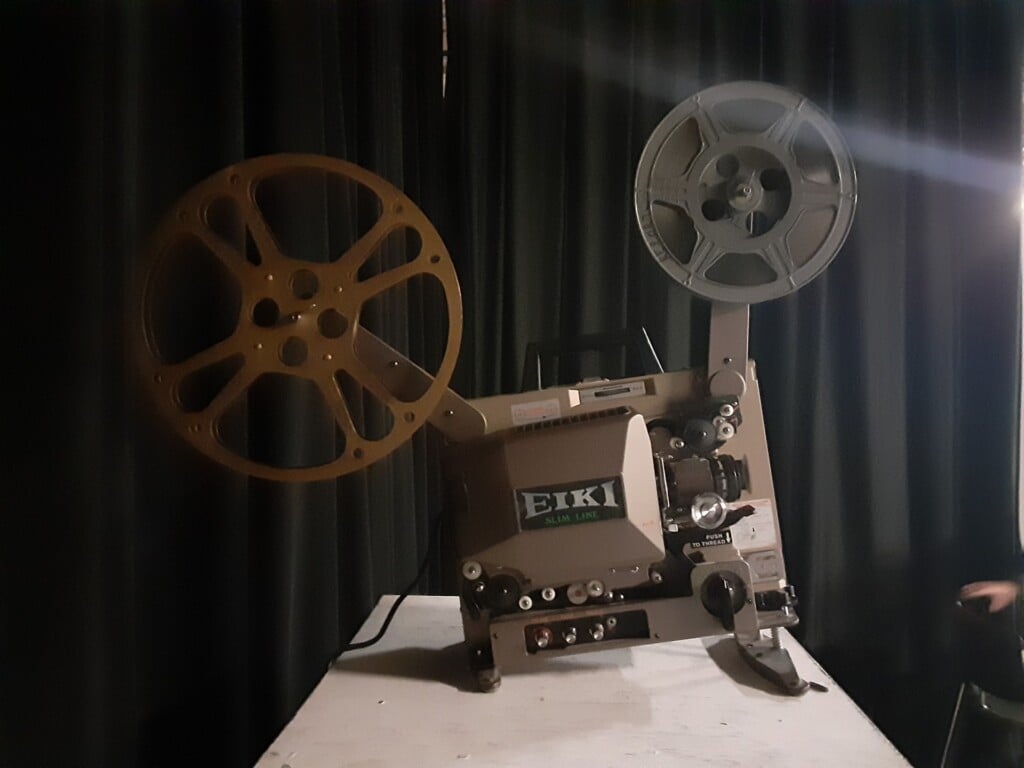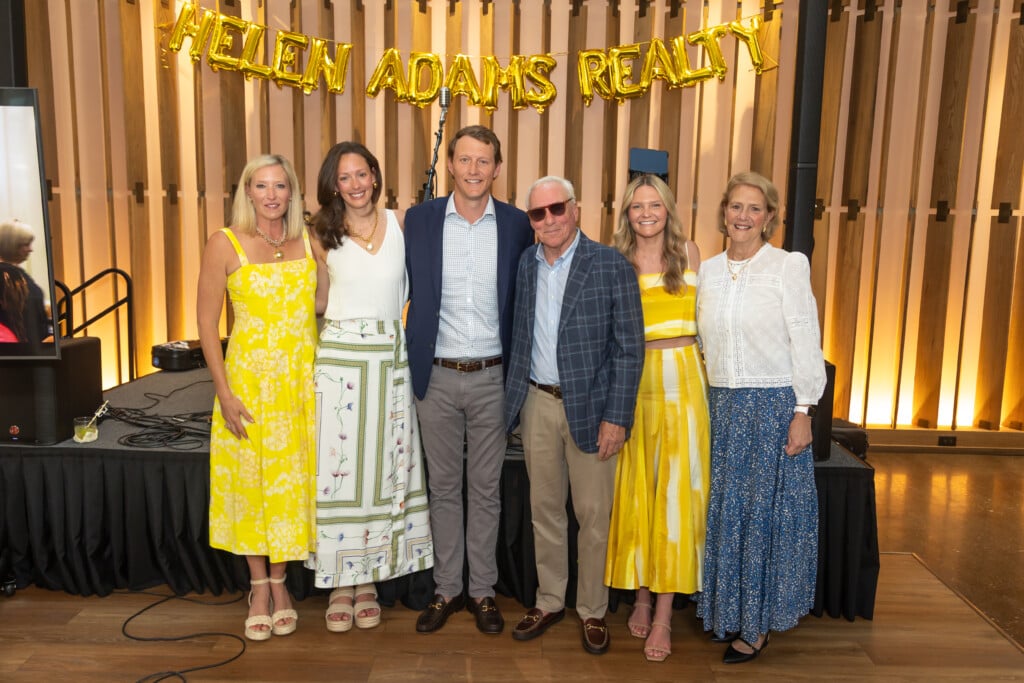‘Wavelengths’ Brings Rare Film Experiences to Charlotte
The series is sponsored by Charlotte magazine

Jeff Jackson has always enjoyed bringing rare and underground art into the mainstream.
The Charlotte-based novelist, visual artist, and playwright is undertaking a new passion project with Wavelengths: 16mm Film Series. Jackson, alongside Ross Wilbanks and Sean Robinson, began screening independent, 16 mm films at Goodyear Arts—which also presents the series—at Camp North End last fall.
These free Wavelengths events at Goodyear Arts showcase films that are either not readily available or entirely new to the region. “These are [often] films that have never been digitized,” Jackson said. “So it’s the only way to see these films; they’re not available streaming or anywhere else.” Wavelengths typically sources films straight from directors or the archives of groups like Canyon Cinema. Charlotte magazine sponsors the ongoing series of screenings.
Every event features different directors of past and present who pushed the boundaries of independent filmmaking. Previously featured auteurs include experimental filmmaker Warren Sonbert and French-Peruvian avant-garde artist Rose Lowder. The next event, arriving this Saturday, Feb. 22, shows two selections by the late Phil Soloman: Walking Distance and Remains to be Seen.
Jackson described Soloman’s work as “very contemplative, very mysterious and shadowy.” Soloman’s films are known for hypnotic, dreamlike atmospheres. If that sounds intriguing, then that was the intention: Wavelengths’ goal is to give Charlotteans and regional film-lovers a space to engage with new, distinct experiences. Jackson feels there’s a previously quelled audience for independent filmmaking in Charlotte. Yet, there’s an exciting opportunity in showing short films otherwise overlooked amid today’s climate: “I really feel like people’s attention spans and the amount of visual information we take in on a daily basis has really caught up to these films in a way that actually makes them much more accessible,” Jackson said.
Throughout the 20th century, films with rapid cuts or interruptive audio overlays may have come across as confusing to audiences wanting something more comfortable and digestible, but the digital era has forged a generation used to multiple screens and distilling information via quick sound bites and clips. “That’s something that [many of] these films sort of excel at,” said Jackson. “And I think it’s a sort of visual language that people may find more familiar than they’d suspect.”
This first season for the series culminates with two longer-form screenings at Independent Picture House: The late David Lynch’s Inland Empire, screening on June 21, is built around a unique audio technique that can only be properly experienced when watching the original cut of the movie in this format. Another, Andrei Tarkovsky’s Andrei Rublev on August 16, will feature visual sequences so powerful that the Soviet Union banned the film from airing to the public when it was released due to its free-thinking artistic expression, despite funding the entire project.
For a complete schedule and more information on upcoming Wavelengths screenings, head to Goodyear Arts’ calendar.






